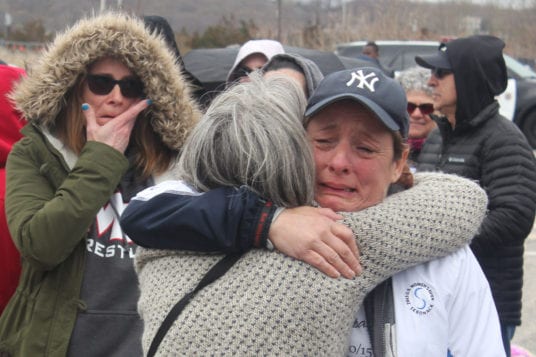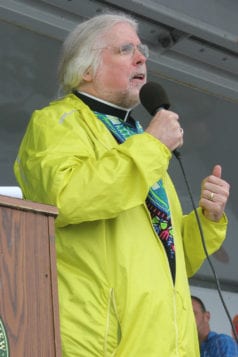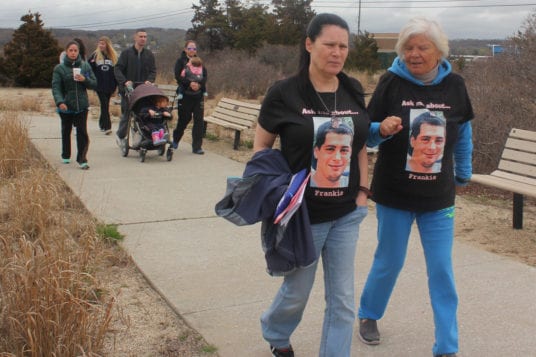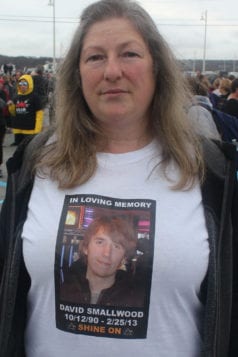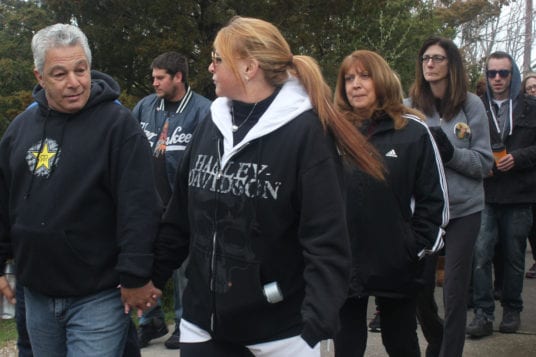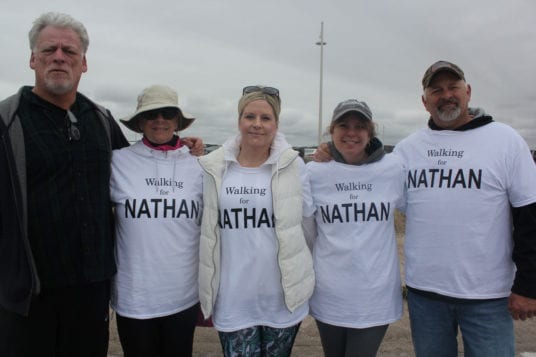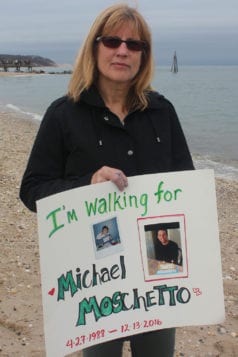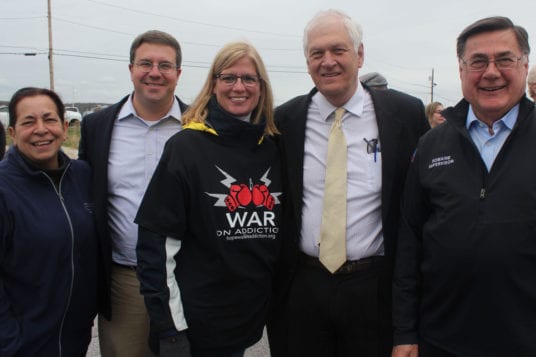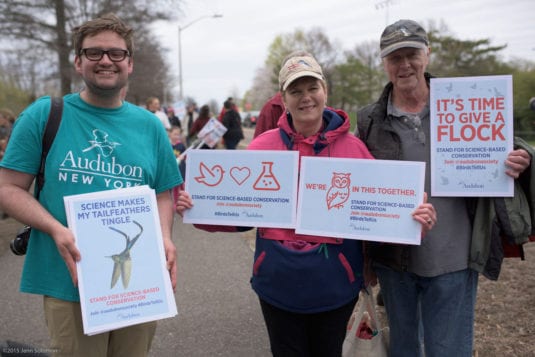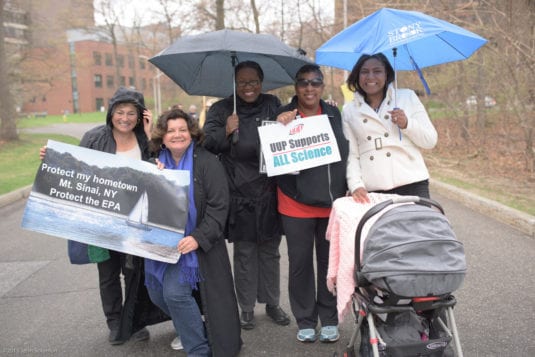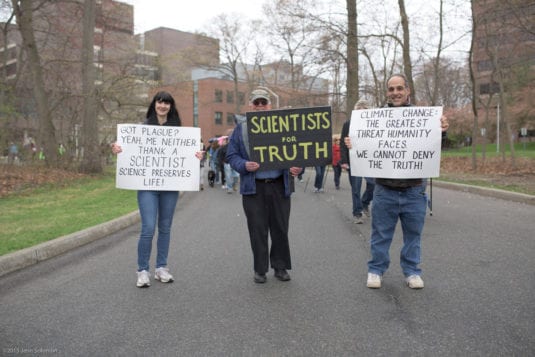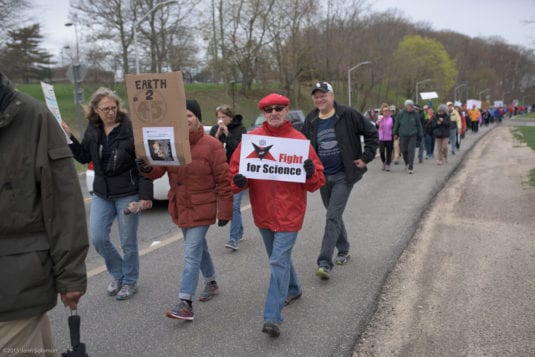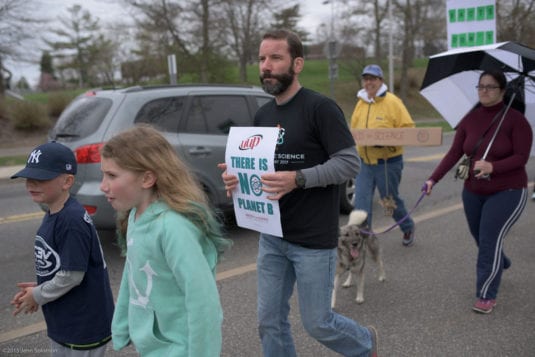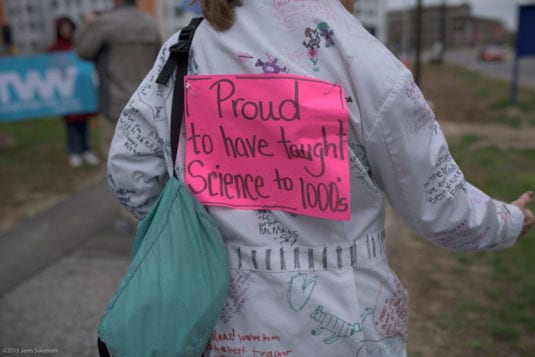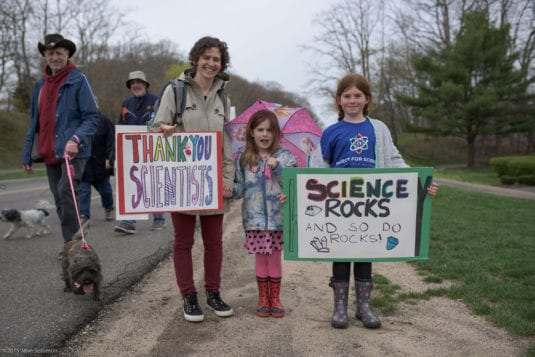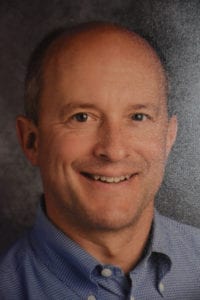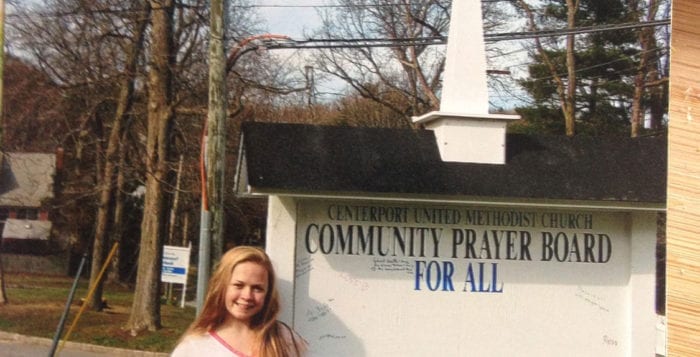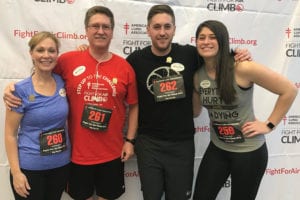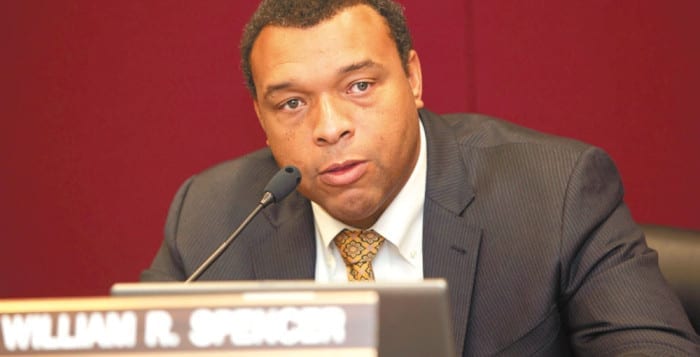As the number of drug-related overdoses on the Long Island grows, one parent refuses to bury his head in the sand.
On the one-year anniversary of his son’s fatal heroin overdose, William Reitzig wasn’t in bed grieving. Instead, the Miller Place parent was on stage at Cedar Beach in Mount Sinai asking hundreds of community members to hug one another.
“Hug your loved ones like I hugged my son every day … My hope is that you leave here today with the same mission as my wife and I — that with love and compassion, we have the power to overcome the perils of drug addiction.”
—Michael Reitzig
“Hug your loved ones like I hugged my son every day … don’t let a minute go by without saying ‘I love you,’” Reitzig said to a crowd of emotional parents, extended family members, friends and strangers. “My hope is that you leave here today with the same mission as my wife and I — that with love and compassion, we have the power to overcome the perils of drug addiction.”
That mission resonated throughout Hope Walk for Addiction, an April 22 fundraising event created by Reitzig and co-sponsored by Brookhaven Town and Hope House Ministries — a nonprofit based in Port Jefferson that supports people suffering the disease of addiction.
Reitzig, whose 25-year-old son Billy struggled for years with opioid pills and ultimately died after a one-time use of heroin last April, kickstarted “a war on addiction” by raising awareness, educating about addiction, raising money to help those struggling and unite the community.
“This is [really] for the community — it’s not about me, it’s not about my son, it’s to try and make a difference moving forward,” Reitzig said. “I can’t do anything about the past at this point, but going forward we can all chip in … we’re all in the same boat. Today is about all the families that struggle every day with this disease getting together because this is no longer acceptable and we need to do something.”
The large crowd, mostly loved ones of those battling addiction or those who died from it, collectively walked Cedar Beach’s Nature Pathway in memory of those who overdosed. About a dozen names could be seen on signs along the scenic trail.
“I don’t think people realize how many people are depressed and they don’t know how to handle that and so people self-medicate and that’s part of the issue. Ninety-one young people die every day [from this] and that’s unconscionable.”
—Francis Pizzarelli
Local leaders, self-help experts and bands occupied the stage to address the issue that brought everyone together. Various sponsors, including WALK 97.5 and St. Charles Hospital in Port Jefferson, were set up at tables taking donations and educating others, and representatives from the Suffolk County Sheriff’s Office gave seminars on how to use Narcan, a life-saving nasal spray that can revert the effects of an overdose.
More than 500 people registered for the event, and all proceeds — totaling more than $34,000 at the end of the day — went to Hope House, which currently doesn’t have enough space for the overwhelming amount of people who need its services.
Father Francis Pizzarelli, founder of Hope House, counseled Billy while he was rehabilitating in the facility’s outpatient treatment program for a few months, and ultimately presided over his funeral.
Reitzig worked closely with Pizzarelli, and Councilwoman Jane Bonner (C-Rocky Point), to make the Hope Walk a reality.
“Billy was a loving and caring guy, but like a lot of people today, he had his demons and struggled with that,” Pizzarelli said. “I don’t think people realize how many people are depressed and they don’t know how to handle that and so people self-medicate and that’s part of the issue. Ninety-one young people die every day [from this] and that’s unconscionable. [William] elected to say ‘we’re not going to let this continue, we’re going to do something about it and we’re going to protect the quality of life of all our younger and older people addicted to heroin.’”
This is a time to come together as a community, Pizzarelli added, and celebrate the hope Reitzig embodies.
“We need to help stop the stigmatized feeling that comes with addiction. The users feel alone as it is, they don’t feel proud of themselves. They are good people that made one bad decision.”
—Sue Meyers
“I don’t think I’ve met more resilient, strong, dedicated and passionate people in my whole life as I have in William and his family,” Bonner said. “He’s changing the future of so many people by doing this. We’re losing a generation to addiction and this is an opportunity to lift each other up and strip the layers of shame back. It’s all around us and no community is safe from it.”
Patty Eiserman, of Sound Beach, wore a shirt bearing the face of her nephew David Smallwood, who died in 2013 when he was just 22. She said her goal is to educate children as young as possible so they don’t start using.
“I don’t want to say it’s impossible to get them clean,” she said, “but it’s very, very hard.”
Manorville resident Melanie Ross, whose brother died last year after a 10-year battle with addiction, said the situation ravaged the family. It was the first time she’d attended an even like this.
Sue Meyers, a Setauket resident, said she was walking for her son, Michael Moschetto, a Ward Melville graduate who died in December at 28.
“It’s in his name, but I’m also here to help show support for other people and donate as much money as I have in my pockets,” Meyers said. “We need to help stop the stigmatized feeling that comes with addiction. The users feel alone as it is, they don’t feel proud of themselves. They are good people that made one bad decision. I think events like this really give people hope and a sense of direction.”

